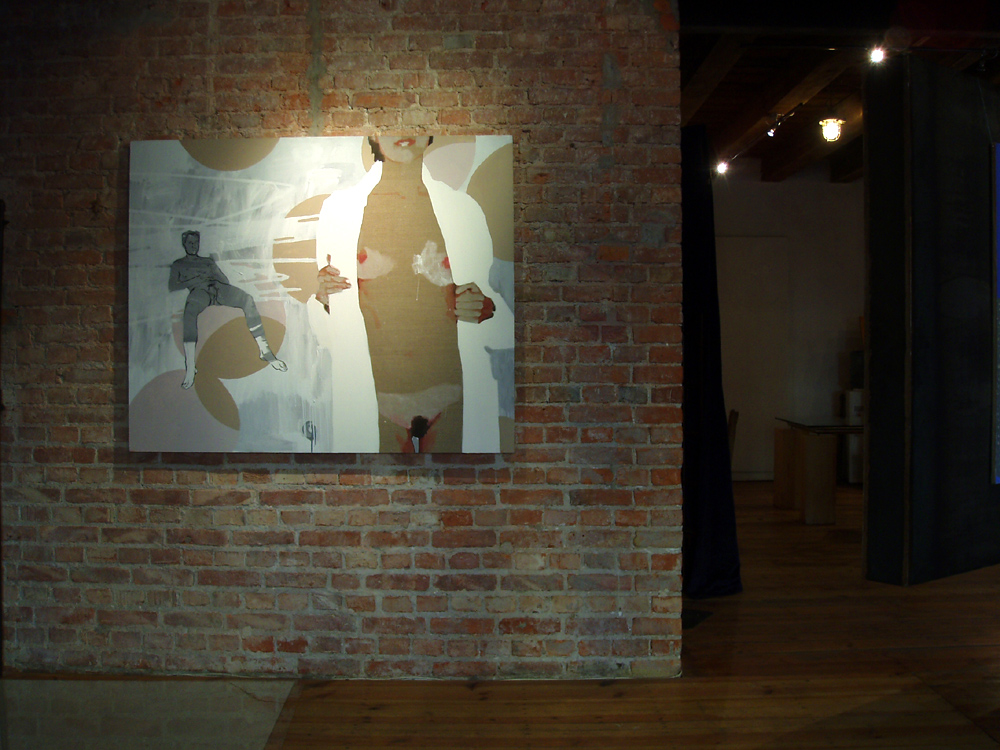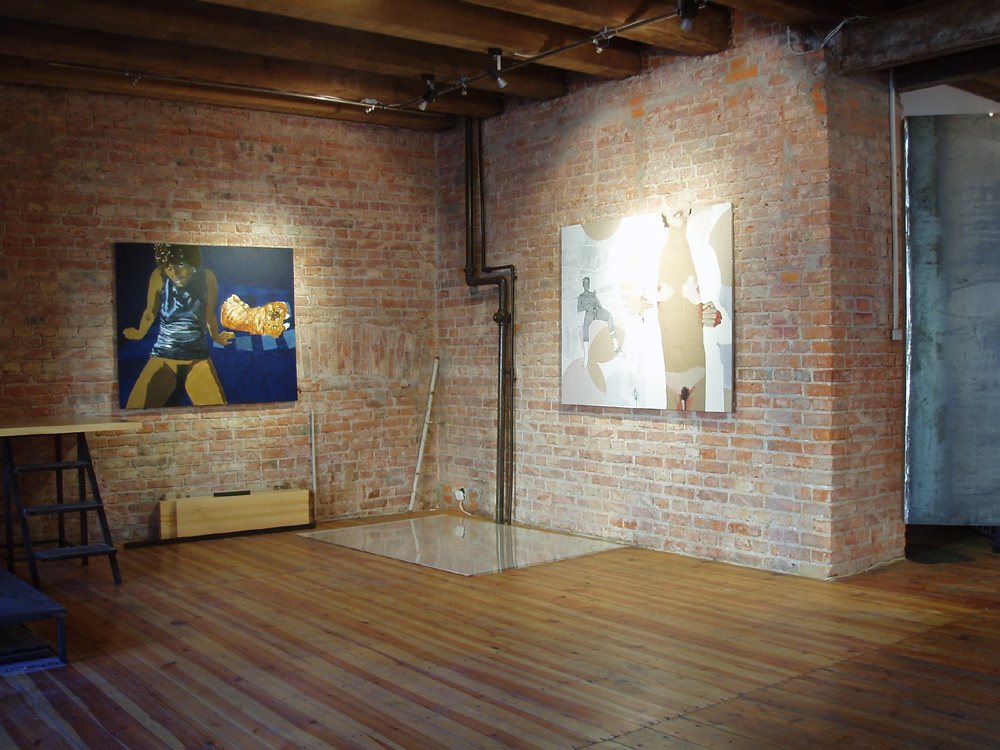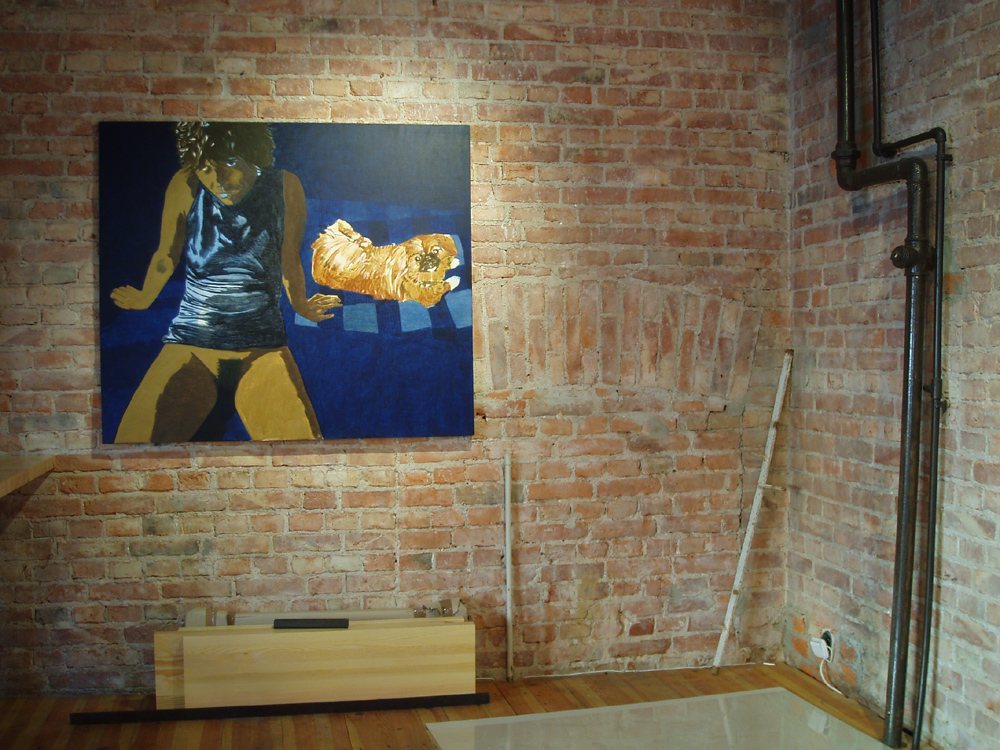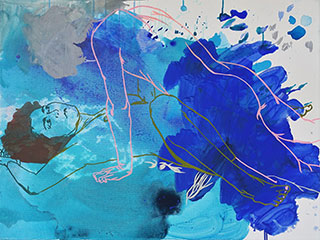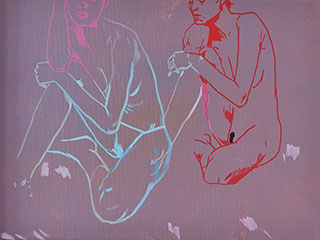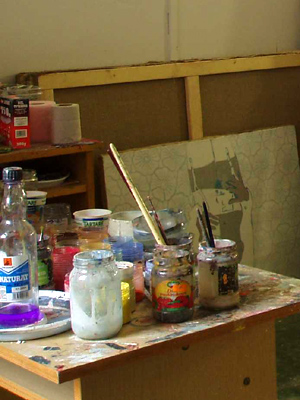The way young lovers do
For Agnieszka Sandomierz, as for several artists of her age, the starting point is a new pop-art. This can be seen in the frames of her paintings, in how substantive and ordinary they are. However, Agnieszka’s paintings exceed the limits of an impersonal pop-art. They tend to omit its rigours, rather than overcoming them.

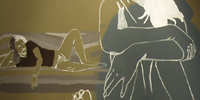
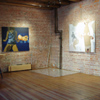
Instantly striking is the momentum and freedom with which they are painted. We can see how an ornament fills in the space anew, creating a decorative wallpaper. Intimacy squeezes out any ‘political’ commentaries there. The painter likes to improvise, and she can excellently feel the fetishist power of brands and erotic extras. She would show the way young lovers do
in dozens of ways; as if she wanted to get saturated with any and all tastes possible.
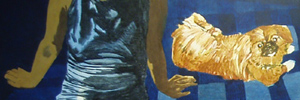
Agnieszka paints large pictures but feels very well also with a ‘chamber’ scale, producing small pictures of a slip-of-paper size. Be it a painting or just a small picture, each is yet another piece of inventiveness, the number of those products positioning their author beyond any competition. Given these circumstances, Agnieszka’s paintings, as monothematic as they are, paradoxically seem to be a luckily chosen self-limitation.
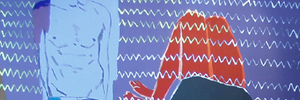
Erotic paintings are attractive, which is obvious. Art of this kind is easier to perceive. But, is it easier to make? How to paint a good piece of erotic painting? How not to cross the border of good taste? How to recognise and describe the erotic style at least of the milieu you live in and paint, if not of the epoch? It is this milieu that will pass judges on those works, faultlessly, doing it ‘the hard way’, to an extent. Some would be seen as empty and distasteful, others, piercing and true.

When I watch Agnieszka’s works, they remind me of paintings by Egon Schiele, Elisabeth Peyton. Their eroticism is cold, fraught with sorrow and emptiness. An emptiness and blasé quality of the period? Of our debut-de-siècle, or post-sexual, period?


